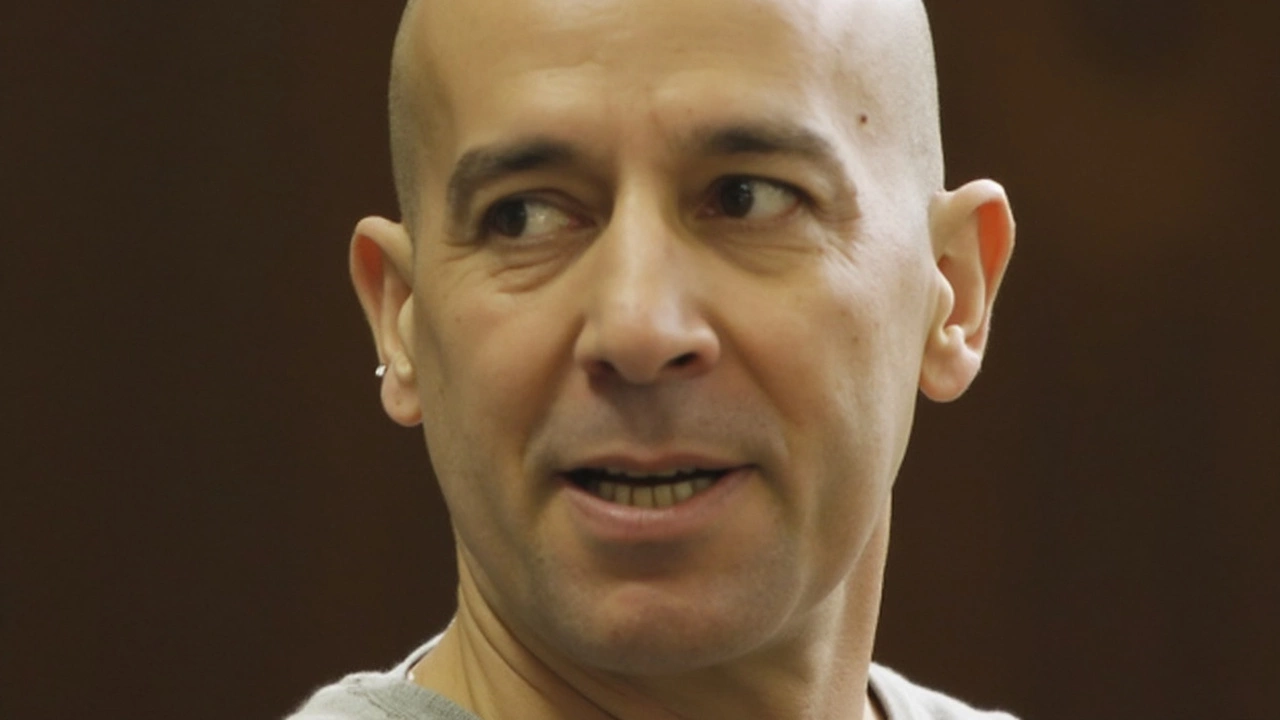New Twists in the Etan Patz Case: Pedro Hernandez’s Conviction Tossed
Few American crime stories have lingered for decades like the case of Etan Patz, the six-year-old boy who vanished in 1979 while on his way to a school bus stop in Manhattan. The case, which shook New York City and the entire country, has just turned a dramatic new page. On July 21, 2025, the U.S. Court of Appeals for the Second Circuit overturned the conviction of Pedro Hernandez—the man who has been behind bars since his 2017 conviction for Patz’s kidnapping and murder. The court didn’t mince words: Hernandez, now 64, must either receive a new trial or go free. The reason? A critical misstep in how the trial judge handled a question from the jury about Hernandez’s confession.
This latest federal court ruling throws a spotlight back on the complex legal saga that this case has become. Hernandez’s conviction was never a simple story. Without any physical evidence linking him to Etan Patz or the scene of the crime, prosecutors built their case almost entirely on Hernandez’s own words—confessions he gave to police and prosecutors. But as any defense lawyer can tell you, confessions aren’t always ironclad, especially when mental health factors and long interrogations come into play.
Questionable Confessions and a Decade-Old Search for Justice
The legal problems with Hernandez’s conviction center on how his confessions were obtained and later presented to the jury. In 2012, decades after Patz’s disappearance, Hernandez confessed for the first time—after a seven-hour interrogation. Authorities didn’t read him his Miranda rights until late in the process. Then, once those rights were given, he repeated his story both to police and to an assistant district attorney on videotape. Hernandez, whose lawyers have long pointed to his well-established intellectual disability and history of psychiatric issues, was especially vulnerable to pressure, they say. Was his statement really voluntary?
Jurors wondered the same thing. During Hernandez’s 2017 retrial—a redo after a hung jury in 2015—the jury sent a note to the judge, raising concerns about the confession’s reliability. It was a key moment. The judge’s instructions about how the jury should weigh this confession became a point of controversy. In the end, the appeals court decided the trial judge didn’t do enough to make sure the jury understood how to assess whether Hernandez’s words could be trusted.
It’s not just a technical issue. With next to no physical proof—no DNA, no witnesses, not even a confirmed sighting—the story Hernandez gave police was pretty much the only real evidence. So, if the jury couldn’t properly judge if it was genuine, the entire case could fall apart, according to the appeals court.
Now, the Manhattan District Attorney’s office is left weighing its next move. Will they put Hernandez on trial again, knowing the difficulties posed by a case that is now over 45 years old and relies mostly on a suspect’s shaky confession? Or will they cut their losses and free him, bringing a different kind of ending to one of America’s most famous missing child cases?
For the family of Etan Patz and a public who grew up seeing his photo on the side of milk cartons, the search for answers continues. The legacy of Pedro Hernandez’s confession and the legal fights around it will likely echo in cases across the country for years to come—especially when it comes to how confessions are handled in courtrooms.
